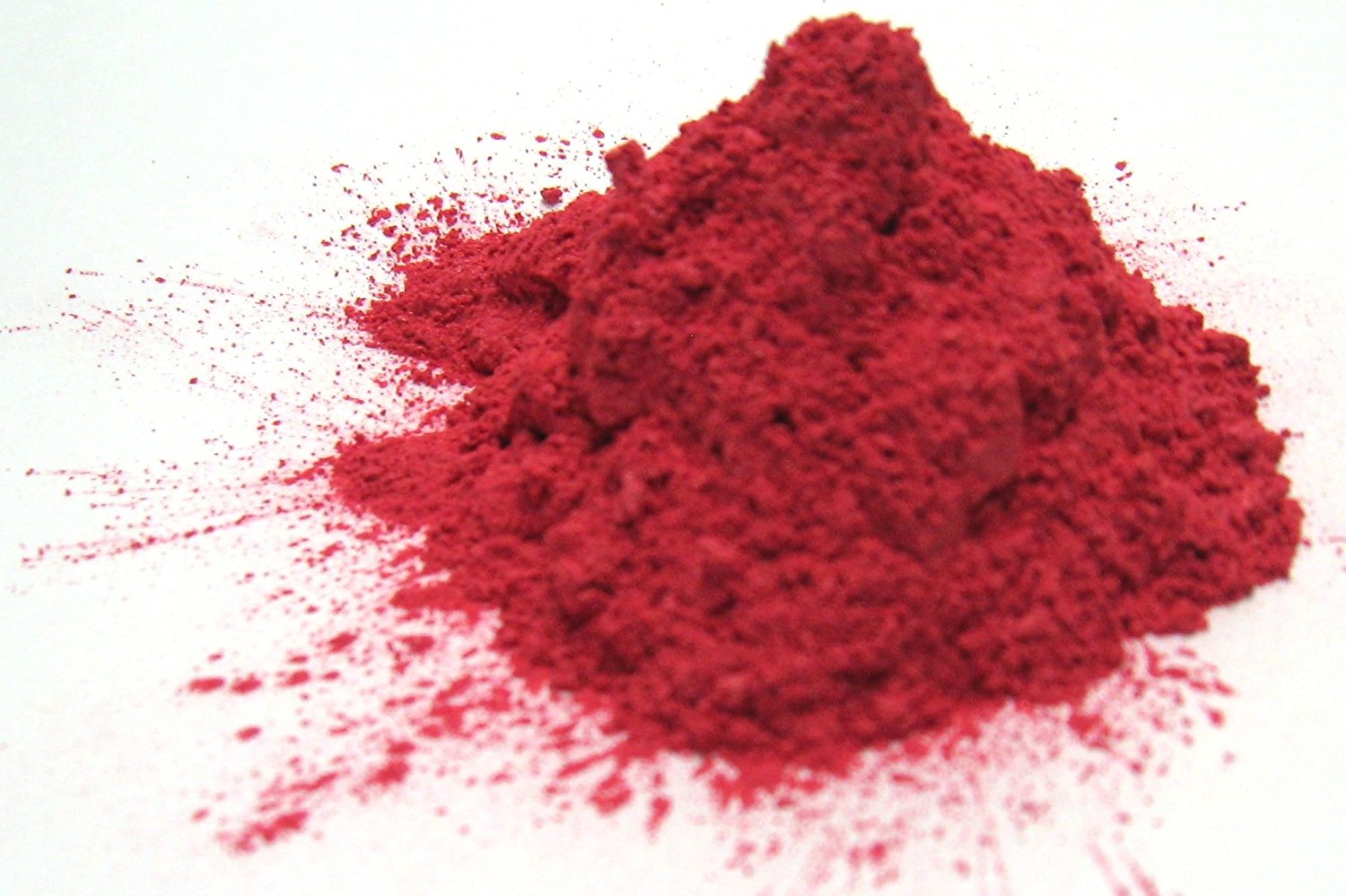

The image is of a ball-and-stick model of white phosphorus. It has a tetrahedral shape and has the formula P4.
| Density | 1.823 (white) |
| Melting Point | 44.15°C |
| Boiling Point | 280.5°C |
White phosphorus is used in flares and incendiary devices. Red phosphorus is in the material stuck on the side of matchboxes, used to strike safety matches against to light them.
By far the largest use of phosphorus compounds is for fertilisers. Ammonium phosphate is made from phosphate ores. The ores are first converted into phosphoric acids before being made into ammonium phosphate.
Phosphorus is also important in the production of steel. Phosphates are ingredients in some detergents, but are beginning to be phased out in some countries. This is because they can lead to high phosphate levels in natural water supplies causing unwanted algae to grow. Phosphates are also used in the production of special glasses and fine chinaware.
Phosphorus was first made by Hennig Brandt at Hamburg in 1669 when he evaporated urine and heated the residue until it was red hot, whereupon phosphorus vapour distilled which he collected by condensing it in water. Brandt kept his discovery secret, thinking he had discovered the Philosopher’s Stone that could turn base metals into gold. When he ran out of money, he sold phosphorus to Daniel Kraft who exhibited it around Europe including London where Robert Boyle was fascinated by it. He discovered how it was produced and investigated it systematically. (His assistant Ambrose Godfrey set up his own business making and selling phosphorus and became rich.)
When it was realised that bone was calcium phosphate, and could be used to make phosphorus, and it became more widely available. Demand from match manufacturers in the 1800s ensured a ready market.